Shooter game development has surged in popularity, shaping a vast segment of the gaming industry with titles that continuously push technical and creative boundaries. Understanding what makes a shooter game successful today involves dissecting both design elements and player expectations.
Players demand immersive graphics, dynamic gameplay, and realistic mechanics that deliver a compelling experience from start to finish. Shooter game developers often rely on advanced engines like Unity and Unreal, both widely used for their adaptability and robust support for high-fidelity visuals and complex physics.
Building a successful shooter game also involves tuning multiplayer capabilities, optimizing load times, and implementing features like responsive AI and customizable weapons — all essential for modern players.
Real-world examples, such as Call of Duty and Fortnite, highlight how a refined approach to technical details can elevate a game's popularity. As the shooter genre evolves, developers continue exploring unique ways to engage users, making choices that reflect the latest industry standards while catering to an audience that values quality, replayability, and intense engagement.
What Defines Shooter Games

Shooter games focus on player immersion through carefully crafted mechanics and visual dynamics, enabling a distinct sense of action and interaction. Core elements often include real-time decision-making, precision-based objectives, and intense engagements.
Successful shooter game development requires a deep understanding of narrative game design, as well as gameplay mechanics that maintain player engagement over time. Popular titles incorporate narrative threads that connect missions or levels, enhancing the sense of purpose and progression for the player.
Shooter games also emphasize quick reflexes and strategic planning, with games like Overwatch or Counter-Strike showcasing how player skill can affect outcomes. The incorporation of complex AI behavior, multiplayer elements, and customizable options further broadens player interaction, allowing games to cater to both casual and competitive audiences. The balance between realism and playability remains central to shooter game development, with every feature fine-tuned to amplify immersion.
Origins and Evolution of Shooter Games
Shooter games have a storied history, evolving through distinct game development stages to match technological advances and player expectations. Initially inspired by arcade hits in the 1970s and 1980s, early shooters like Space Invaders introduced basic shooting mechanics. Many of these foundational ideas come from arcade game design, where refined simplicity and strong engagement loops were first perfected. By the 1990s, titles like Doom and Wolfenstein 3D established the first-person shooter genre, leveraging improved graphics and more immersive gameplay.
Through each decade, shooter games adapted to the growth of technology and shifting player interests:
- Arcade beginnings. Early arcade games set the stage, focusing on simple mechanics with high replay value.
- First-person perspective. Games like Doom popularized immersive perspectives, inviting players directly into the action.
- Realistic graphics. Advancements in 3D graphics brought more lifelike environments and dynamic lighting.
- Multiplayer integration. LAN and internet capabilities introduced competitive and cooperative modes, transforming social interactions within games.
- Narrative depth. Modern shooters combine cinematic storytelling with interactive gameplay, as seen in Halo and Call of Duty.
Each stage reflects a balance of technological possibility and audience demand, creating a genre that constantly redefines itself.
Key Features and Mechanics of Shooter Games
Successful shooter games depend on various core mechanics and design features that enhance player engagement and accessibility. Each element works together to create a well-rounded experience, which includes:
- Multiplayer modes. Competitive and cooperative play modes appeal to a broad audience, allowing different gameplay experiences.
- Realistic environments. High-quality visuals and lifelike physics are integral for player immersion and can define a game’s reputation.
- Weapon variety. Offering diverse weapons with unique stats lets players adopt personalized strategies.
- AI-driven enemies. Intelligent AI makes encounters challenging and unpredictable, keeping the gameplay engaging.
- Customization options. Skins, character upgrades, and equipment selections enable a personalized experience, boosting player retention.
- Progression systems. Leveling systems, rewards, and unlockables incentivize players to keep playing.
These mechanics collectively shape a shooter game’s identity, with each feature contributing to a seamless and immersive player experience. Effective implementation ensures players remain engaged and invested in every round or mission, sustaining the genre's popularity across various demographics.
Types of Shooter Games
Shooter games have evolved into various subgenres, each offering unique perspectives, mechanics, and player experiences. The most common types are first-person and third-person shooters, both popular for their immersive qualities and distinct gameplay.
First-person shooters, like Call of Duty, emphasize immersion by placing players directly “behind the sights.” Third-person shooters, like Fortnite, offer a broader view of the character and surroundings, enhancing strategic gameplay. Both styles require tailored mechanics to ensure the player's perspective aligns with gameplay goals and engagement.
First-Person Shooter Games Explained
First-person shooters (FPS) immerse players by adopting the character’s viewpoint, allowing them to experience the game environment as if through their own eyes. FPS titles, such as Halo and Battlefield, focus on action and precision, demanding quick reflexes and strategic decision-making. Visual and sound effects enhance this realism, keeping players deeply engaged. However, why your single-player game needs a back end is often overlooked in FPS development, yet it plays a crucial role.
A back end provides essential support, allowing developers to manage data like player progress and game analytics efficiently. Cloud saves, enabled by a back end, make it easy for players to switch devices while preserving their achievements. Analytics further assist developers in understanding player behavior, helping them tailor future updates to enhance gameplay. A robust back end thus ensures stability, promotes player retention, and opens up opportunities for ongoing improvements that cater to player needs.
Third-Person Shooter Games — What Makes Them Unique
Third-person shooter games (TPS) stand out by offering a perspective where players see their character from behind, enabling a fuller view of both the player and the surroundings. TPS titles like Gears of War and The Division leverage this perspective for strategic gameplay, with players often using cover mechanics and positioning tactics to navigate complex environments.
The viewpoint also enhances personalization, as players visibly see character customization, which adds to the game’s appeal. Developers aiming to launch a TPS game should consider how to make a game demo that showcases the game’s most compelling features. A well-crafted demo provides a glimpse into the unique mechanics, visual style, and narrative, generating player interest and enabling valuable early feedback.
Other Shooter Game Variants and Their Appeal
Beyond traditional first-person and third-person shooters, the shooter genre has expanded to include various unique styles. Each variant offers distinct gameplay experiences, attracting different player demographics and encouraging diverse playstyles. Tactical, hero, arena, and other specialized shooters provide varied mechanics, often appealing to players seeking strategic depth or unique challenges within the action genre.
Tactical Shooter
Tactical shooters emphasize realistic, strategy-driven gameplay where teamwork and planning are essential. Games like Rainbow Six Siege focus on precise tactics, coordinated team actions, and realistic weapon handling, catering to players who enjoy calculated, high-stakes engagements.
Hero Shooter
Hero shooters feature characters with unique abilities, encouraging players to choose heroes that fit their playstyle. Games like Overwatch combine team-based tactics with character specialization, creating diverse gameplay and catering to fans of dynamic, role-oriented combat.
Arena Shooter
Arena shooters prioritize fast-paced action in confined maps, testing reflexes and movement skills. Classic titles like Quake showcase tight, intense combat where players rely on agility and aim to dominate opponents in close, thrilling battles.
Battle Royale Shooter
Battle Royale shooters bring large numbers of players into massive maps where only one can survive. Games like PUBG combine survival and tactical elements, challenging players to outlast competitors, scavenge resources, and adapt to a constantly shrinking play area.
Rail Shooter
Rail shooters guide players along a fixed path, focusing on precise aiming and target engagement. Titles like House of the Dead immerse players in an on-rails experience, where timing and accuracy are crucial to progressing through intense scenarios.
Loot Shooter
Loot shooters combine shooting mechanics with an RPG-style item collection, encouraging players to find and upgrade gear. Games like Borderlands blend action and exploration, appealing to those who enjoy customizing load-outs and discovering rare, powerful equipment.
Cover-Based Shooter
Cover-based shooters center around tactical use of cover, with players moving strategically to avoid enemy fire. Titles like Gears of War emphasize positioning and cover mechanics, appealing to those who prefer strategic engagements over direct confrontations.
Let’s build a shooter game that captivates players — start your project with us!
Top Choices: The Best Shooter Games in Today’s Market
So, what is the best shooting game? Leading shooter games today set standards in game environment design, enhancing player immersion and strategy with unique settings and features. Here are some of the top choices:
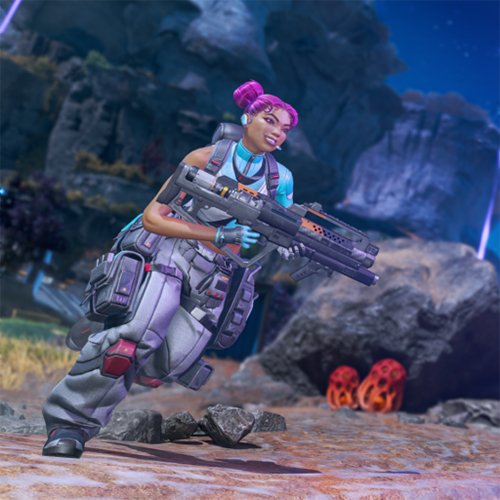
Apex Legends
Featuring vibrant, fast-paced maps, Apex Legends focuses on agility and tactical movement, providing a dynamic environment that encourages quick decision-making and diverse strategies.

Valorant
This title emphasizes balanced map design, offering both offensive and defensive tactical options. Players can leverage the layout to control territory, ambush opponents, or retreat strategically.
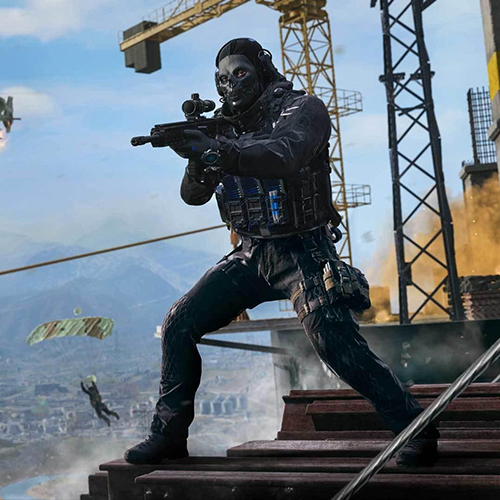
Call of Duty: Warzone
With its vast open-world setting, Warzone allows players to use varied terrain features as cover or vantage points, promoting strategic exploration and adaptability in combat.
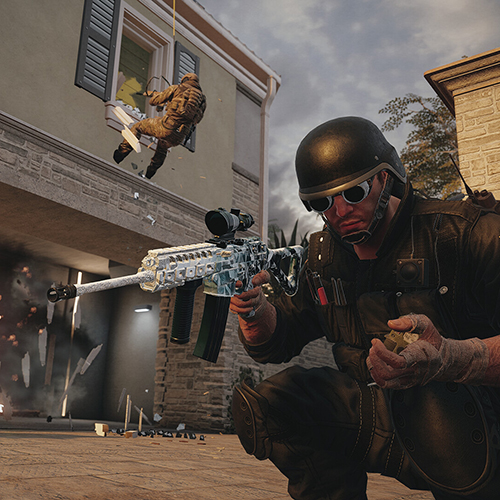
Rainbow Six Siege
Featuring destructible environments, Siege lets players modify walls, floors, and barriers, creating a dynamic battlefield where every choice can reshape the fight.
Each of the aforementioned best shooting games exemplifies how game environment design not only enhances visual appeal but also transforms gameplay, supporting varied strategies and encouraging immersive player engagement.
Shooter Games on Different Platforms
Shooter games excel across platforms, each uniquely catering to player preferences and gameplay styles:
- PC. Shooting games for PC are known for customizable controls and high graphical performance, competitive players are seeking precision and control.
- Consoles. Popular for single-player and multiplayer modes, consoles offer immersive experiences on larger screens with intuitive controls.
- Mobile. Games like Call of Duty Mobile and PUBG Mobile reach a broad audience, delivering optimized experiences for players who prefer on-the-go play.
Each platform adapts shooter gameplay to different player needs, extending accessibility and broadening the genre’s appeal.
PC Shooter Games
PC shooter games are favored by players who prioritize precision, customization, and graphical fidelity. With the use of keyboards and mice, PC gamers gain an edge in aiming and movement, which is particularly valuable in fast-paced shooters like Counter-Strike: Global Offensive and Valorant. These games leverage the accuracy and control provided by PC setups, allowing players to execute precise maneuvers and capitalize on quick reflexes.
Another advantage of PC gaming is the ability to adjust graphics settings to match hardware capabilities, offering a tailored experience that optimizes performance or visual quality as needed. The modding community also plays a significant role in PC shooter games, where players can customize aspects of the game, from user interfaces to maps and character skins, enhancing the overall experience. Additionally, PC platforms often support cross-platform play, giving PC players opportunities to team up or compete with friends across different systems.
Console Shooter Games
Console shooter games continue to attract a loyal player base due to ease of use, optimized controls, and engaging visuals suited for large screens. Many top titles, like Halo Infinite and Gears of War, are developed with consoles in mind, taking advantage of gamepads for a smooth and responsive gameplay experience. Console-exclusive features, such as adaptive triggers on the PlayStation or haptic feedback, add depth to gameplay by providing a tactile element that enhances immersion.
Consoles often prioritize a balanced mix of single-player campaigns and multiplayer modes, catering to players who enjoy both story-driven and competitive experiences. The unified hardware of consoles ensures stable performance and consistent graphics, making it easy for developers to deliver a high-quality experience without the variability of PC hardware setups. Consoles provide a streamlined and enjoyable solution for players seeking seamless entry into shooter games without worrying about hardware requirements or settings.
Mobile Shooter Games
Mobile shooter games have seen tremendous growth, attracting casual and competitive players alike with accessible, on-the-go gameplay. Titles like PUBG Mobile and Call of Duty Mobile are designed specifically for touch controls, delivering a streamlined interface that allows players to engage in fast-paced action without additional hardware. These games often include features like aim assist to account for the limitations of touchscreen aiming, making them accessible to a broad audience.
To enhance engagement, mobile shooters frequently incorporate shorter match times, ensuring quick and intense sessions ideal for mobile use. Developers have optimized these games for lower data consumption and device performance, allowing them to run smoothly across a range of smartphones. The mobile shooter market continues to expand, with developers exploring new gameplay mechanics and control schemes that maximize mobile platforms’ unique capabilities.
Cross-Platform Compatibility
Cross-platform compatibility has become vital in shooter games, allowing players across consoles, PCs, and mobile devices to connect and compete in the same game environments. Titles like Fortnite and Call of Duty: Warzone provide seamless cross-platform play, enabling friends to join games regardless of their device choice. Cross-play increases accessibility and brings communities together, fostering more dynamic and diverse player interactions.
To support balanced gameplay, developers employ various techniques to ensure fair competition. For example, they may match players based on device type (e.g., console vs. console), or they might include options to opt out of cross-play for those who prefer device-specific competition.
Cross-platform compatibility also helps games maintain a more extensive player base, as players can engage with friends and participate in events without being limited by their devices. The ability to connect players across different platforms reflects a significant step toward unified gaming experiences that prioritize social connection and inclusive competition.
Shooter Games and Technological Advancements
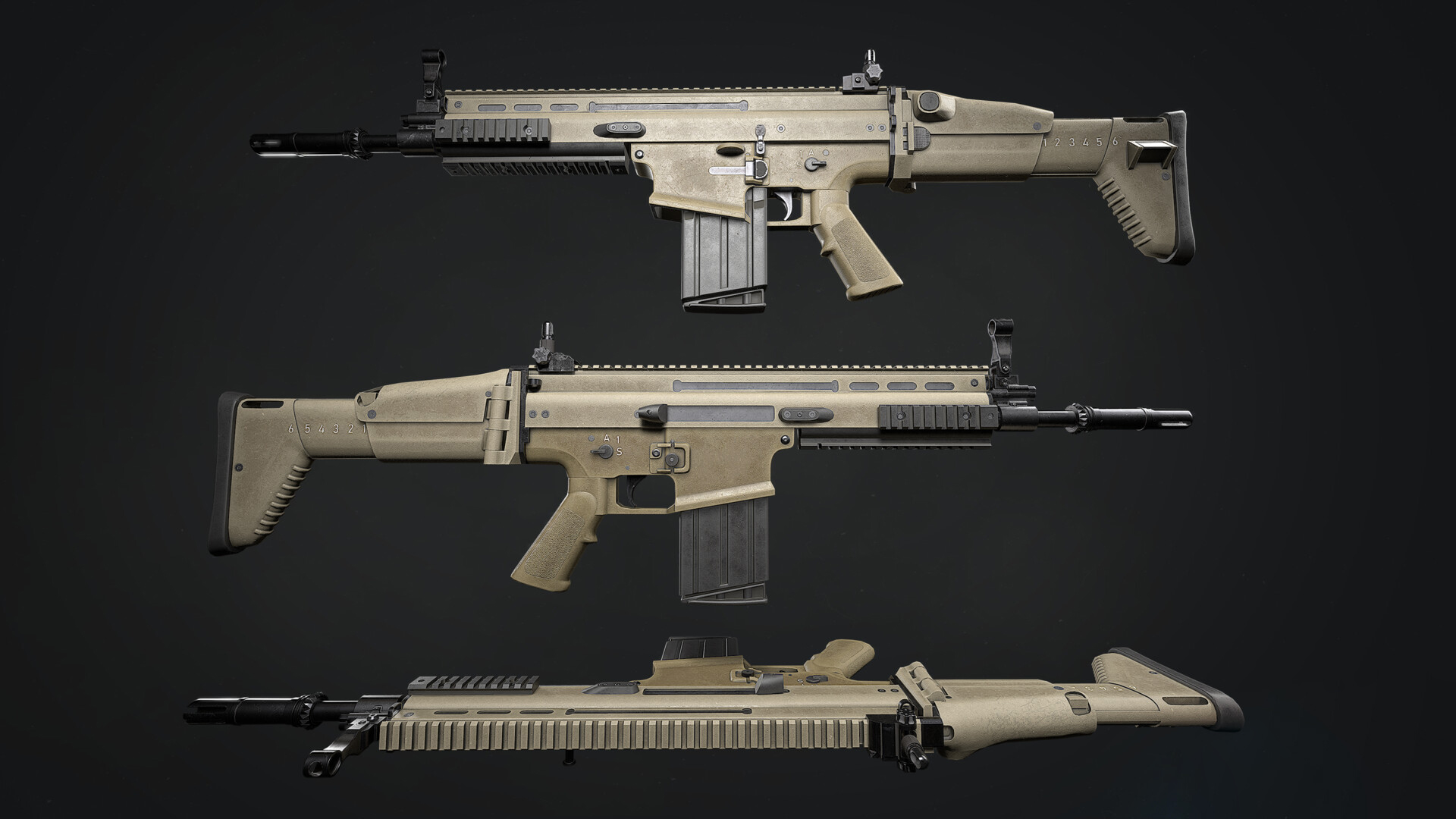
Technological advancements continue to redefine shooter games, introducing new levels of immersion, realism, and player engagement. Innovations like VR, AI, and advanced graphics have significantly impacted players, offering enhanced experiences beyond traditional gameplay. These technologies enable developers to craft interactive environments, intelligent NPCs, and more lifelike visuals, elevating the shooter genre for modern audiences and setting new standards in gaming.
Role of VR in Shooter Games
Virtual reality (VR) has introduced an unprecedented level of immersion to shooter games, placing players directly within the action for a deeply engaging experience. VR shooter games like Half-Life: Alyx demonstrate the potential of VR to enhance player involvement by simulating realistic environments and hands-on interaction. With VR, players physically aim, reload, and move through the game world, creating an experience that traditional setups cannot replicate.
VR also requires new design approaches, as developers must consider factors like player comfort, realistic weapon handling, and intuitive controls that feel natural in a virtual space. Haptic feedback and room-scale tracking further heighten immersion, allowing players to feel each action and move freely within the virtual environment. While VR in shooter games is still evolving, its capacity to enhance engagement and realism suggests a promising future for VR-driven titles that appeal to both casual and competitive players.
AI-Driven Features in Shooter Games
AI-driven features are transforming shooter games, bringing greater complexity and realism to in-game interactions. In titles like Far Cry and The Last of Us Part II, AI enhances the behavior of non-playable characters (NPCs), making enemies react dynamically to player actions. For example, NPCs might change tactics based on the player’s strategy, take cover, or even attempt coordinated attacks, adding layers of challenge and unpredictability.
Advanced AI also plays a role in adaptive difficulty, where games assess a player’s skill level and adjust enemy responses accordingly to keep gameplay engaging without overwhelming new players. Furthermore, AI-driven procedural generation creates varied and unique environments or enemy layouts, ensuring each gameplay session feels fresh. These features highlight AI’s growing impact on shooter games, improving realism and creating engaging experiences that respond directly to player behavior.
Graphics and Performance Innovations
Graphics and performance innovations are crucial in advancing shooter games, as high-quality visuals and smooth gameplay greatly enhance the player experience. Recent developments in real-time ray tracing, as seen in titles like Battlefield V, allow for more realistic lighting, reflections, and shadows, creating immersive environments that make gameplay feel lifelike.
Advanced graphics engines such as Unreal Engine 5 further push visual boundaries, enabling developers to render intricate textures and dynamic effects that bring game worlds to life. Beyond visual quality, performance optimization is equally essential to shooter games, especially those with high-intensity action and competitive elements. Technologies like NVIDIA’s DLSS (Deep Learning Super Sampling) boost frame rates without sacrificing image quality, ensuring that even resource-intensive games run smoothly on a range of hardware.
Additionally, adaptive refresh rates and variable rate shading contribute to smoother gameplay by allocating resources more efficiently and maintaining visual fidelity while enhancing performance. These innovations in graphics and performance ensure that shooter games not only look impressive but also provide a seamless experience that meets the expectations of modern players.
Future of Shooter Games Technology
The future of shooter games technology points toward increasingly immersive and personalized experiences, leveraging advancements in AI, VR, and graphics. Enhanced AI capabilities are likely to make NPCs even more responsive, creating interactions that feel natural and strategic, allowing players to experience more dynamic encounters. AI-driven customization, where games adjust features based on player behavior, may also become standard, tailoring difficulty and gameplay elements to individual preferences.
VR technology is expected to expand in shooter games, with improved hardware allowing for more accessible and comfortable experiences. New developments in wireless VR headsets, along with advances in haptic feedback, could bring a heightened sense of realism to VR shooters, further merging the virtual and physical worlds.
Graphics technology, including real-time rendering and AI-enhanced image processing, will continue to evolve, providing photorealistic visuals that push the limits of in-game realism. As these technologies converge, the shooter genre will likely offer increasingly sophisticated environments, more intuitive controls, and adaptive gameplay, reshaping how players engage with and experience shooter games.
Skyscraper: Action-Horror Shooter Prototype Inspired by Ancient Myths

Skyscraper blends action, horror, and ancient mythology in a third-person shooter prototype. Players navigate a haunted futuristic skyscraper, facing enemies, puzzles, and natural disasters. This PC-optimized prototype is built in UE and combines high-quality graphics with an intricate storyline.
Rely on Game-Ace in Building an Outstanding Shooter Game
Game-Ace, as a custom game development company, focuses on building shooter games that resonate with players and meet today’s quality standards. Our expertise spans from crafting realistic environments and high-performance graphics to integrating AI-driven mechanics that enhance gameplay. Every detail is designed to elevate your game, setting it apart in a competitive market.
With extensive experience across PC, console, and mobile platforms, we develop shooter games optimized for smooth performance and immersive experiences. If you are ready to transform your vision into a standout shooter, contact us to get started — let’s bring your concept to life with precision and creativity.
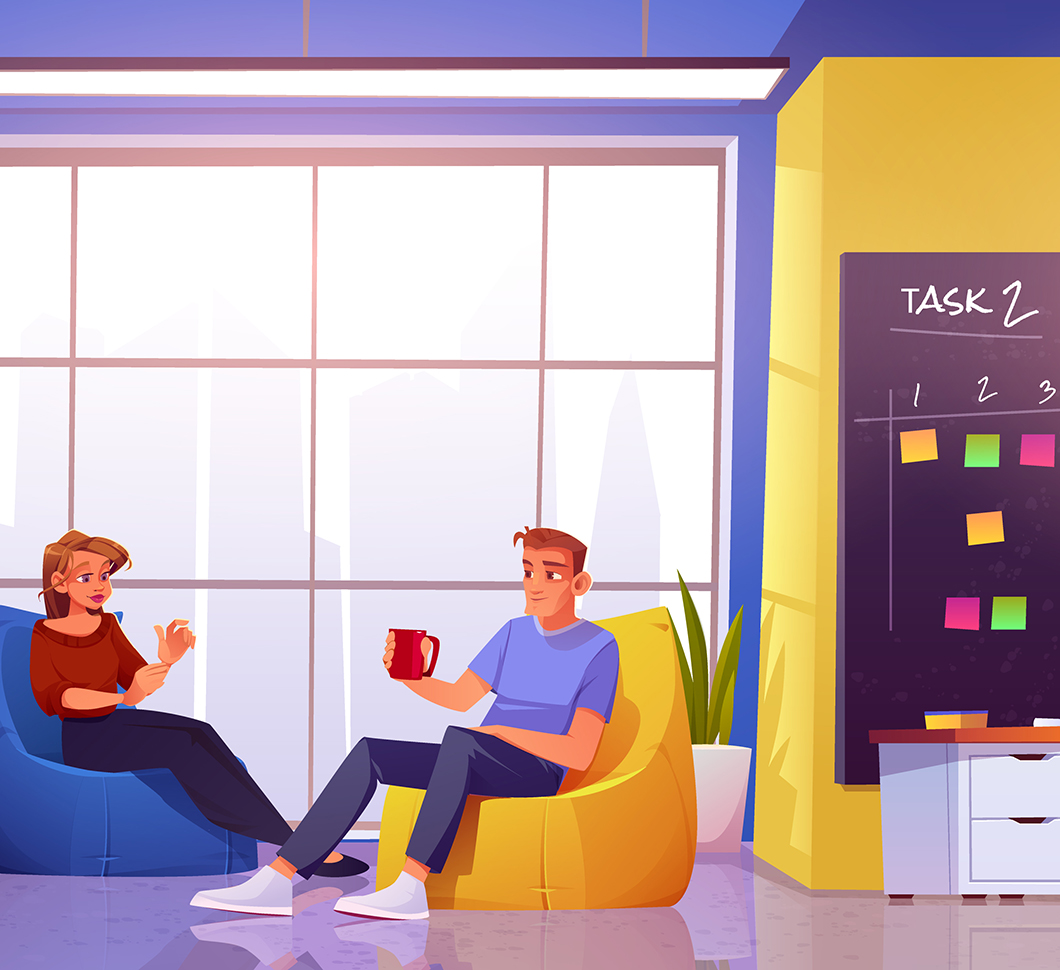 Key Trends Shaping Gamification in Recruitment for 2026 and Beyond
Key Trends Shaping Gamification in Recruitment for 2026 and Beyond  How to Create Crypto Casino Games the Right Way
How to Create Crypto Casino Games the Right Way 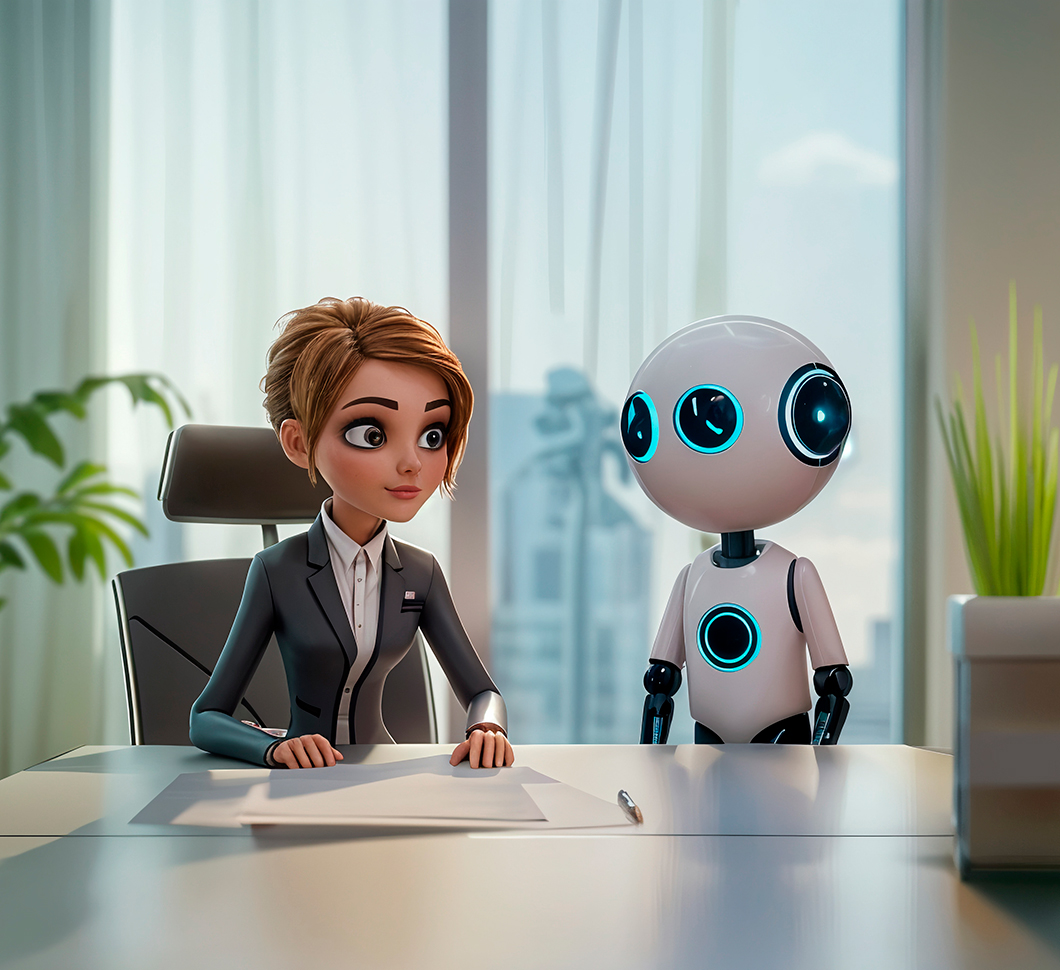 AI Recruitment Games: From Real-Time Assessments to Better Hiring Outcomes
AI Recruitment Games: From Real-Time Assessments to Better Hiring Outcomes  Games for Business: Proven Strategies for Engagement and Growth
Games for Business: Proven Strategies for Engagement and Growth  How to Design Learning Games for Kids That Teach Real-World Skills
How to Design Learning Games for Kids That Teach Real-World Skills 


































